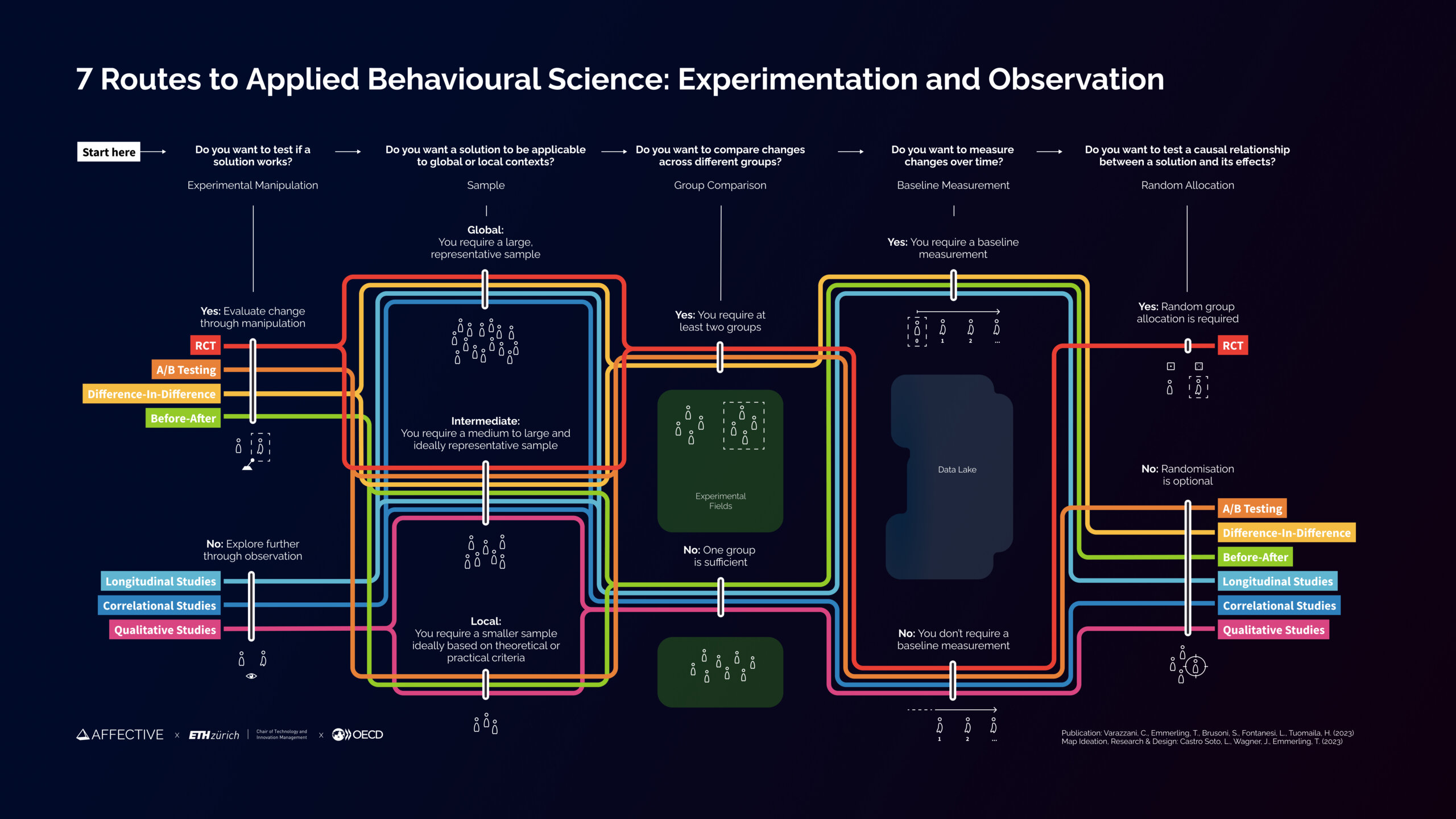Article by Matthew Hutson: “One approach is to use AI to help scientists brainstorm. This is a task that large language models — AI systems trained on large amounts of text to produce new text — are well suited for, says Yolanda Gil, a computer scientist at the University of Southern California in Los Angeles who has worked on AI scientists. Language models can produce inaccurate information and present it as real, but this ‘hallucination’ isn’t necessarily bad, Mullainathan says. It signifies, he says, “‘here’s a kind of thing that looks true’. That’s exactly what a hypothesis is.”
Blind spots are where AI might prove most useful. James Evans, a sociologist at the University of Chicago, has pushed AI to make ‘alien’ hypotheses — those that a human would be unlikely to make. In a paper published earlier this year in Nature Human Behaviour4, he and his colleague Jamshid Sourati built knowledge graphs containing not just materials and properties, but also researchers. Evans and Sourati’s algorithm traversed these networks, looking for hidden shortcuts between materials and properties. The aim was to maximize the plausibility of AI-devised hypotheses being true while minimizing the chances that researchers would hit on them naturally. For instance, if scientists who are studying a particular drug are only distantly connected to those studying a disease that it might cure, then the drug’s potential would ordinarily take much longer to discover.
When Evans and Sourati fed data published up to 2001 to their AI, they found that about 30% of its predictions about drug repurposing and the electrical properties of materials had been uncovered by researchers, roughly six to ten years later. The system can be tuned to make predictions that are more likely to be correct but also less of a leap, on the basis of concurrent findings and collaborations, Evans says. But “if we’re predicting what people are going to do next year, that just feels like a scoop machine”, he adds. He’s more interested in how the technology can take science in entirely new directions….(More)”

